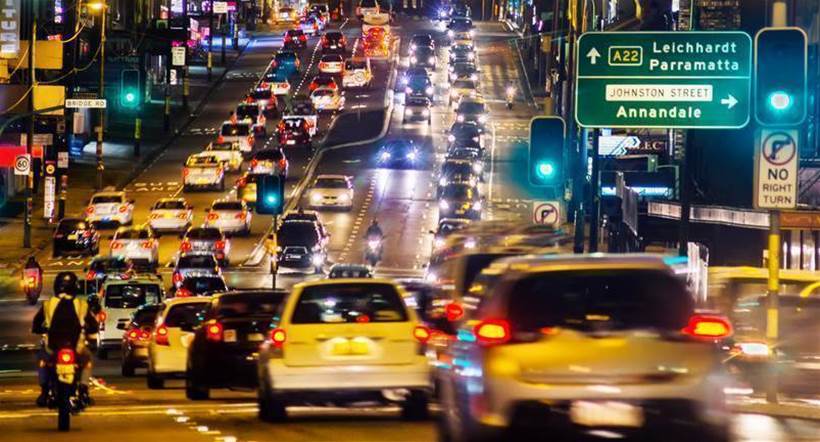A joint venture between multiple universities, government agencies and enterprises is developing a sensor platform that can provide air quality measurements in real-time.
The NSW Smart Sensing Network – a collaborative research group that brings together members from the University of Sydney, the University of NSW, the NSW Department of Industry and others – is in the process of building a network of compact air quality sensors in key urban and regional areas to better inform citizens about their immediate environment.
The devices being developed incorporate laser sensors which are able to detect pollutant particles of various sizes in real-time.
These work by measuring light scattering from particles and analysing these patterns with silicon detectors.
The photonic sensors differ from what’s currently available on the market in that they are sensitive to sudden and passing increases in pollutant particles, such as that from vehicle exhausts.
The hope for this platform is to complement larger and more developed government-operated air sensors and the data they provide.
Government air quality monitoring is effective at the regional scale, but there are large variations in highly populated urban areas such as inside tunnels and along roadsides, which the photonic sensors can capture.
The variations in these sorts of environments can vary greatly within short distances, and exposes people to such pollutants for prolonged periods, often without them noticing.
Furthermore, this laser sensor platform can also reveal sources and collection points of airborne pollution, which is not as easily detectable.
The group hopes that those that develop dispersion patterns and pollution forecasting would benefit most from the high spatial and temporal resolution of the data collected by this platform.
This project was a finalist in the Education & Research category of the Australian IoT Awards 2017. View the full list of finalists here.







